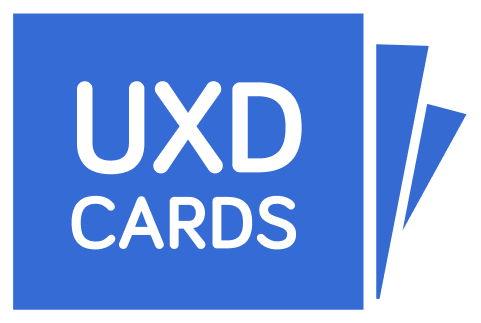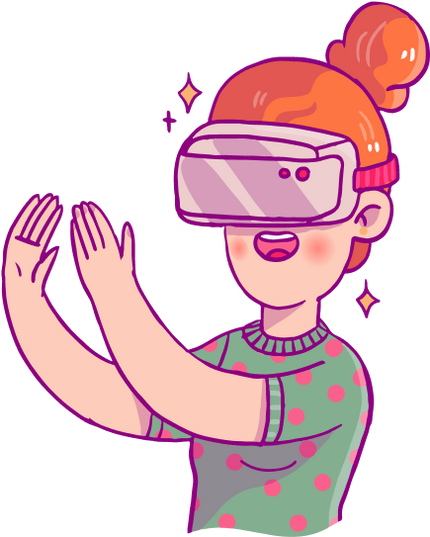Introduction:
Welcome to our beginner's guide on the essential materials for hosting a successful UX workshop. Whether you're a seasoned facilitator or new to the world of user experience (UX) design, having the right tools and materials is key to running an engaging and productive workshop. In this article, we'll explore the must-have materials for both facilitators and participants to ensure your UX workshop is a resounding success.
Whiteboards and Markers
The Canvas for Creativity:
Whiteboards are indispensable tools for visualizing ideas, mapping user journeys, and sketching wireframes during a UX workshop. Pair them with a variety of colorful markers to encourage creativity and collaboration among participants. From brainstorming sessions to group activities, whiteboards provide a dynamic canvas for exploring and refining design concepts.
Sticky Notes
Versatile Building Blocks:
Sticky notes are the Swiss Army knives of UX workshops, offering endless possibilities for ideation, organization, and feedback gathering. Use them for affinity mapping, prioritization exercises, and capturing insights from user research. With different colors and sizes, sticky notes enable participants to express ideas succinctly and visually, making them a staple in any UX facilitator's toolkit.
Prototyping Supplies
Bringing Ideas to Life:
Prototyping supplies such as paper, scissors, and tape are essential for translating concepts into tangible prototypes. Provide participants with materials to sketch, cut, and assemble low-fidelity prototypes quickly. This hands-on approach allows teams to iterate and test ideas rapidly, gaining valuable insights into user interactions and usability before investing in digital prototypes.
Design Cards and Toolkits
Guiding Design Decisions:
Design cards and toolkits offer structured prompts and frameworks to guide participants through various design exercises. Whether it's persona cards, journey maps, or usability heuristics, these resources help facilitate discussions, generate ideas, and make informed design decisions. By providing a common language and reference point, design cards empower teams to collaborate effectively and stay focused on user needs.
Post-it Easel Pads
Portable Collaboration Spaces:
Post-it easel pads provide portable, self-adhesive surfaces for group activities and discussions during UX workshops. Set them up on walls or easels to create collaborative workspaces where participants can share ideas, sketch designs, and provide feedback. With tear-off sheets, easel pads offer a convenient way to capture and document key takeaways from the workshop for future reference.
Presentation Tools
Sharing Insights Effectively:
Presentation tools such as projectors, screens, and slide decks are essential for communicating workshop outcomes and insights to stakeholders. Use visual aids to showcase prototypes, user journey maps, and design recommendations in a clear and compelling manner. Incorporate interactive elements and storytelling techniques to engage your audience and emphasize the importance of user-centered design principles.
Conclusion:
In conclusion, the success of a UX workshop depends heavily on the materials and tools available to both facilitators and participants. By equipping your workshop with whiteboards, sticky notes, prototyping supplies, design cards, post-it easel pads, and presentation tools, you create an environment conducive to collaboration, creativity, and innovation. Invest in these essential materials to ensure your next UX workshop is a rewarding and impactful experience for everyone involved.





